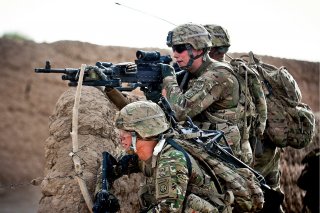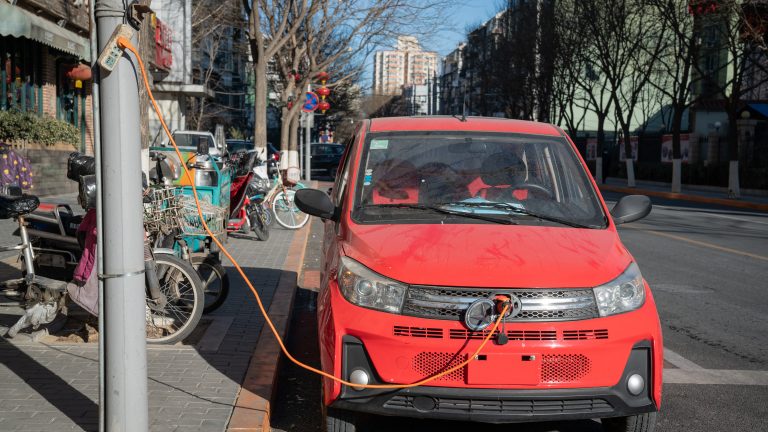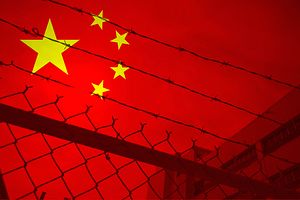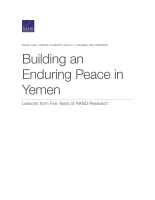Major General PK Mallick, VSM (Retd)
China and India are heirs to the two oldest civilisations of the world. Both emerged in their present form after World War II. India became independent in 1947 and the People’s Republic of China was founded in 1949. They share one of the world’s longest borders, about 3488 kms, across the Himalayas. Both are nuclear weapon states. China’s missiles can reach anywhere in the world. India’s latest Agni series missiles can reach Beijing comfortably. On border issues there have been instances where the security forces were facing each other in contested areas and were increasingly indulging in fistfight, pushing and shoving etc in very difficult terrains. On Jun 15 this year in a brutal, savage skirmish when, fists, rocks, rods, baton, spikes, knuckle-dusters and nail-studded clubs and wooden clubs wrapped in barbed wire were used in a post at Galwan on Indian side of Line of Actual Control (LAC) in Ladakh sector at an altitude of 4,250 meters. This type of battle used to be fought in medieval times. Armies fight with bayonets and close quarter battles in extreme situations when all other means of fighting ends.














/cloudfront-us-east-1.images.arcpublishing.com/mco/3AIJF3MMUFEW3EFJ6GNZIRBG6Q.jpg)
